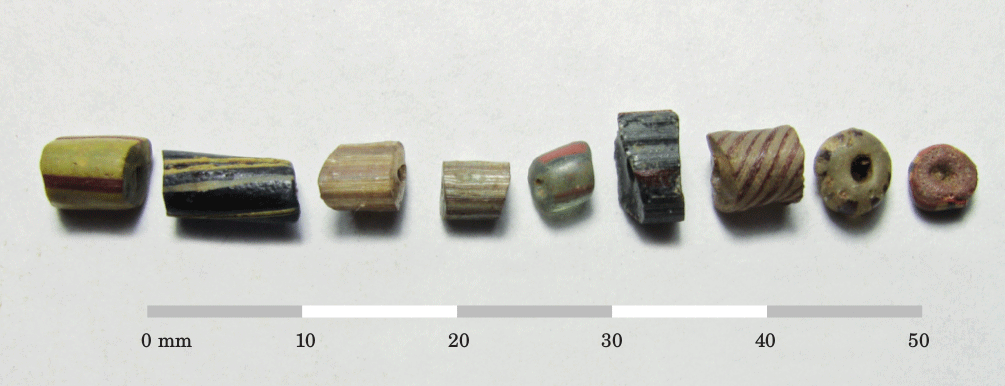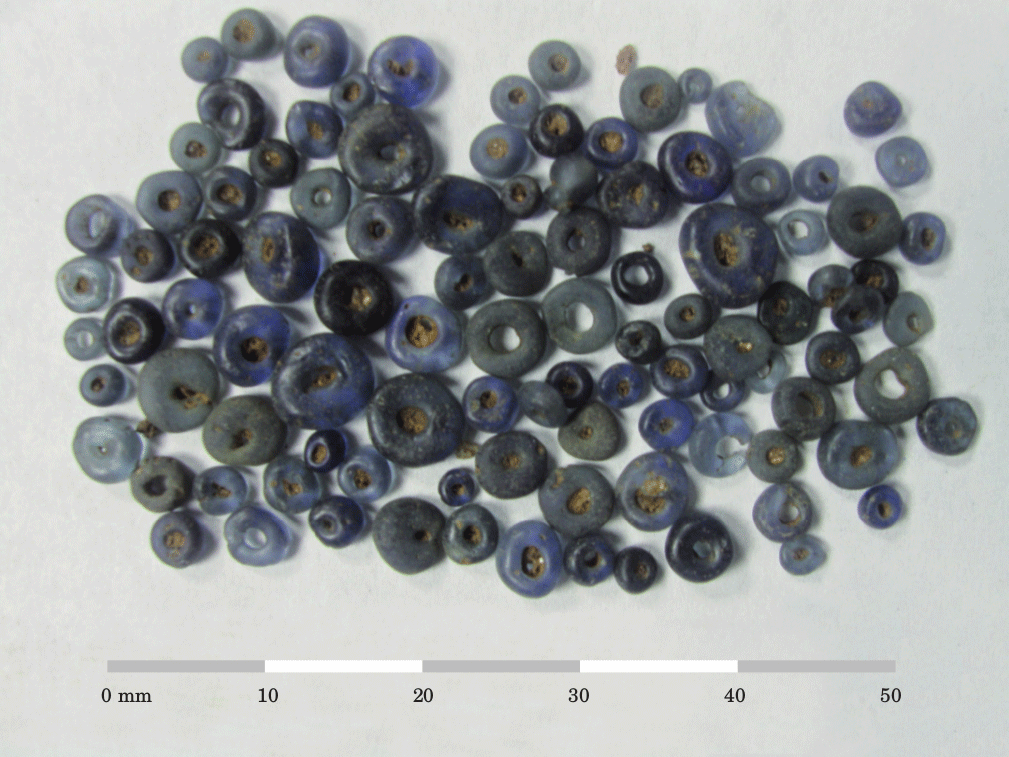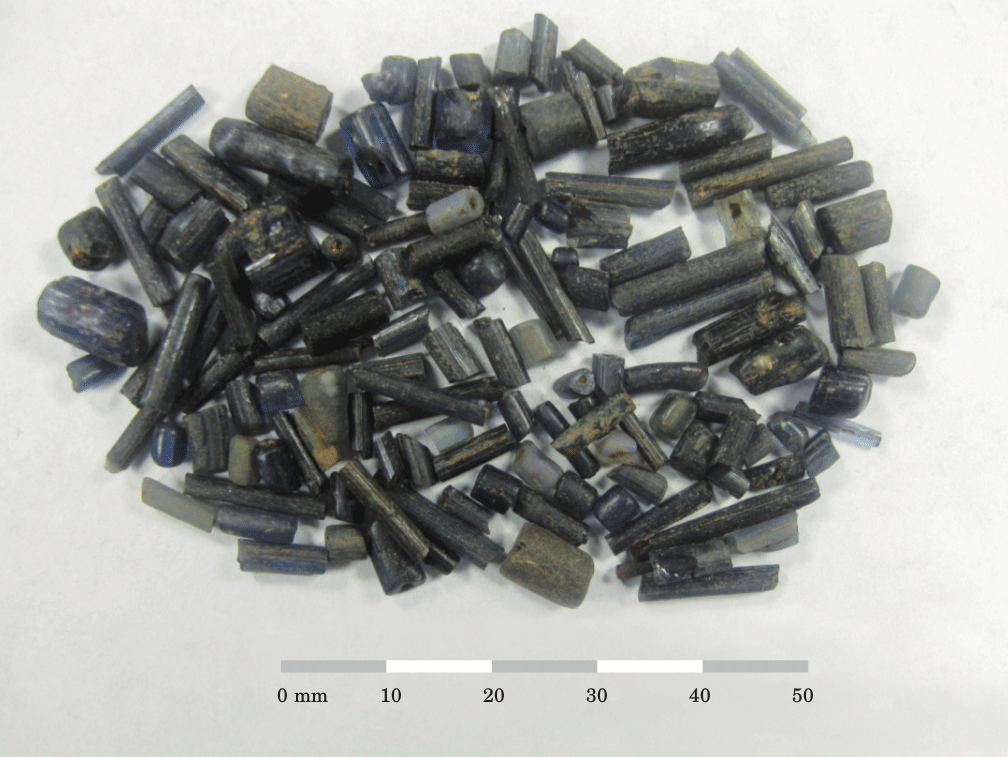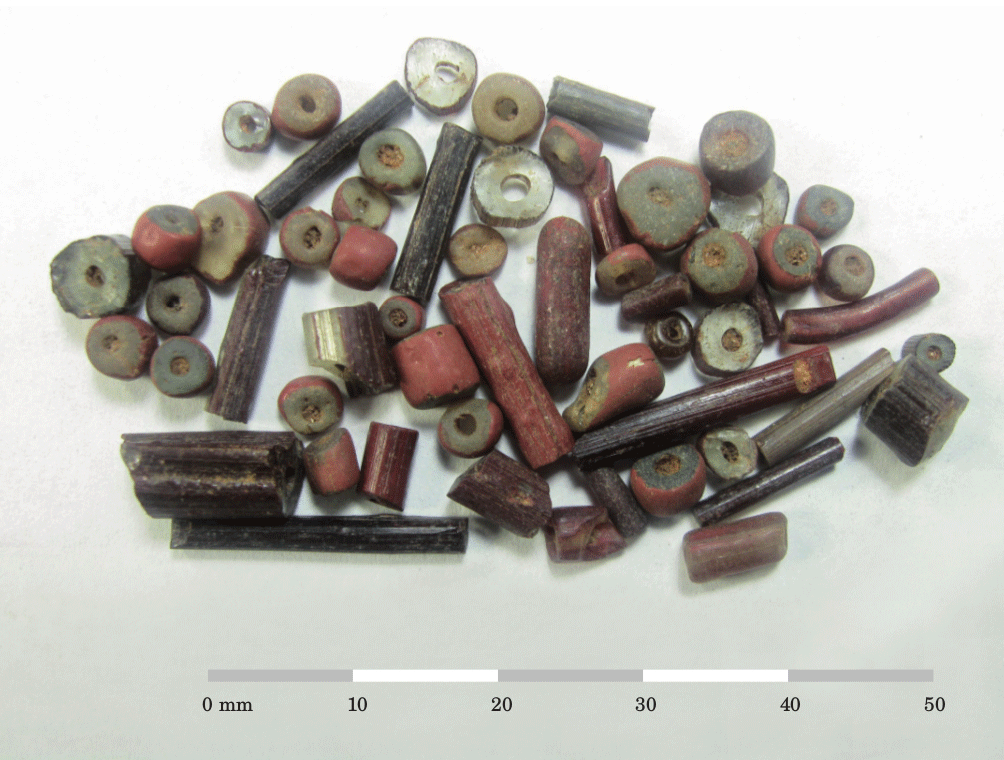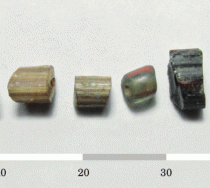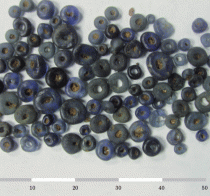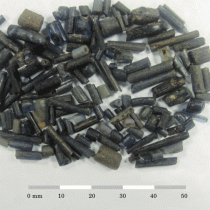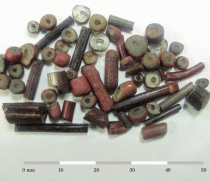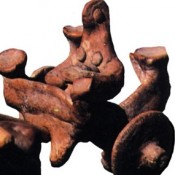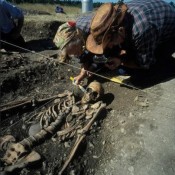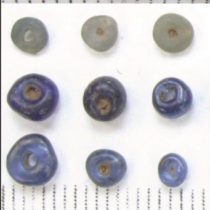A new study claims that glass beads discovered in West Africa were constructed locally, in contrast to what was previously thought about glassmaking in the area. A trove of more than 10,000 coloured beads, as well as evidence of glassmaking tools indicate that the beads were not imported or remade from existing ones but rather locally fabricated.
The trove was discovered in south-western Nigeria, at the site where the ancient city of Ile-Ife was located. According to study lead researcher Abidemi Babalola, fellow at Harvard University’s Hutchins Centre for African & African American Research, the local people used local materials to construct their own glass beads, establishing primary glass production in sub-Saharan Africa in the 11th to 15th centuries.
Ile-Ife was an ancient city which is considered the origin of the Yoruba, an ethnic group living in Africa today. It is known for its copper alloy and terracotta heads and figurines, some of which are decorated with glass beads. Glass beads have also been found at ancient shrines and in unearthed crucibles. Initially researchers thought that the beads had been imported from the Mediterranean or the Middle East. Babalola and his colleagues, though, suspected that there must have been some local production and knowhow of glassmaking items. So, they travelled to Igbo-Olokun, an archaeological site in Ile-Ife, where they performed various excavations in 2011-2012, looking for evidence to support their assumption.
They discovered a trove of about 13,000 beads, 812 crucible fragments, 403 fragments of ceramic cylinders, 14,000 potsherds and about 3 kilograms of glass waste. The evidence led to the rather safe conclusion that the area was near a zone of glass workshops.
Most of the beads are less than 0.2 inches and of various colours, i.e. blue, green, red, yellow or mutlicolored. The beads were mainly manufactured from local materials and with the use of local ingredients, namely alumina or feldspar.
A special technique might have also been used to make the beads’ holes, using an air bubble, hence these are called drawn beads. This claim however would need further study to be established.
The beads which manufactured at Ile-Ife were probably traded in various places, since beads with the same components have been found in the upper Senegal region, in Mali and along the Niger River.
The study was published in the journal Antiquity.
